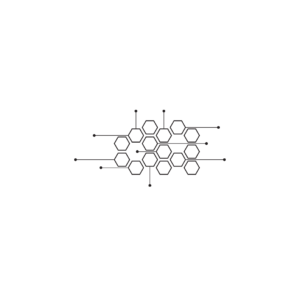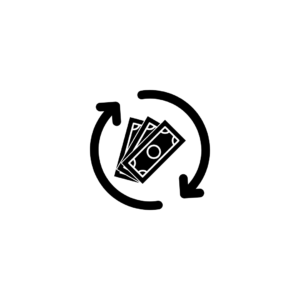Description
The Diploma in Vocational Education (D.Voc) in Art Direction is a specialized program focused on training students in the creative and managerial aspects of visual design across various media, including film, television, advertising, and digital content. Art Directors are responsible for the overall visual style of a project, guiding the artistic vision and ensuring consistent execution across all visual elements.
Course Details:
Duration: Typically 1 to 2 years, depending on the institution.
Eligibility: Candidates generally need to have completed their secondary education (10th or 12th grade). A background in fine arts, graphic design, or visual communications can be beneficial.
Mode of Study: The program is usually offered as a full-time course, combining theoretical learning with practical experiences in design and collaboration.
Curriculum:
The curriculum for a Diploma in Art Direction typically covers the following key areas:
1. Introduction to Art Direction
Role and Responsibilities:
Understanding the functions of an art director in different contexts, including film, television, advertising, and graphic design.
Visual Storytelling:
Exploring how art direction contributes to narrative development and audience engagement.
2. Design Principles and Elements
Fundamentals of Design:
Study of core design principles such as balance, contrast, hierarchy, and alignment, and how they apply to visual projects.
Typography:
Importance of typography in visual communication and understanding font selection, layout, and readability.
3. Color Theory and Application
Color Psychology:
Exploring how color affects mood, perception, and branding, and how to effectively use color in design.
Developing Color Palettes:
Techniques for creating cohesive color schemes that enhance the overall aesthetic of a project.
4. Set Design and Layout Creation
Designing Visual Spaces:
Understanding spatial design and how to create visually appealing layouts for sets, advertisements, and graphic content.
Use of Props and Materials:
Selecting and integrating props and materials to support the visual narrative and artistic vision.
5. Collaboration with Creative Teams
Working with Directors and Producers:
Techniques for effective communication and collaboration with other creatives to ensure alignment with the project’s vision.
Project Management Skills:
Managing timelines, budgets, and resources throughout the design process, and understanding the production workflow.
6. Digital Tools and Software
Familiarity with Design Software:
Training in industry-standard software such as Adobe Creative Suite (Photoshop, Illustrator, InDesign) for creating visual content.
3D Modeling and Visualization:
Introduction to 3D design software to visualize set designs and creative concepts more effectively.
7. Practical Experience
Hands-On Projects:
Engaging in real-world projects that involve creating advertising campaigns, film sets, or visual content for new media.
Portfolio Development:
Building a strong portfolio that showcases a range of artistic abilities and design projects for future employment opportunities.
Assessment:
Assessment in this program typically includes:
Project Work:
Completing design projects that demonstrate creativity, technical skills, and aesthetic understanding.
Portfolio Review:
Evaluation of the student?s portfolio to assess artistic vision and technical execution in completed works.
Written Exams:
Testing knowledge on design principles, color theory, software skills, and industry practices.
Career Opportunities:
Graduates of the D.Voc in Art Direction can pursue various career paths, including:
Art Director: Overseeing the visual aspects of projects, coordinating with other departments to maintain a cohesive artistic vision.
Production Designer: Managing the design and creation of sets in the film, television, or theater, ensuring alignment with the project?s narrative.
Creative Director: Leading projects in advertising, digital media, or branding, focusing on overall creative strategy and execution.
Graphic Designer: Creating visual content for print and digital media, including marketing materials, websites, and branding.
Freelance Art Professional: Offering services as an independent art director or designer for various clients and projects.
This diploma program is designed for individuals with a strong creativity and passion for visual arts who wish to develop the skills necessary for successful careers in art direction. If you have any further questions or need more information, feel free to ask!









